Is this a nymph? A fly nymph? Something else?
alisande
9 years ago
Related Stories

GARDENING GUIDES3 Ways to Revel in Summer Garden Sweetness
Patiently observe what works and doesn’t work in your landscape
Full Story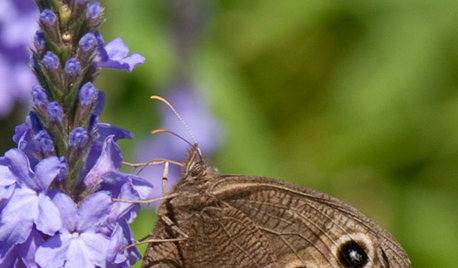
GARDENING GUIDESGreat Design Plant: Verbena Stricta Tolerates Tough Spots
With its subtle beauty and long-lasting flowers, this pollinator pleaser is a boon to wilder areas
Full Story
DECORATING STYLESGypsy in Your Soul: 10 Steps to a Bohemian Bedroom
If your inner boho is clamoring to be released, feed your fantasies in a gorgeously unconventional bedroom
Full Story
EDIBLE GARDENSHow to Grow Your Own Sweet Summer Crops
This guide will help any gardener get started on growing the freshest warm-season veggies and berries for summer
Full Story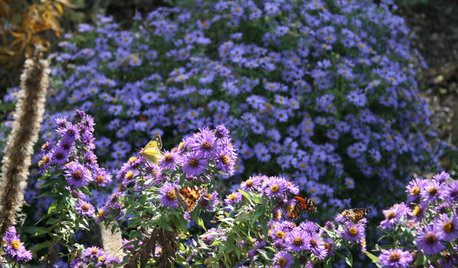
FLOWERS15 Native Flowers That Attract Butterflies
By picking plants from this list that are right for your location, you’ll get colorful blooms and support pretty pollinators
Full Story
BATHROOM COLOR8 Ways to Spruce Up an Older Bathroom (Without Remodeling)
Mint tiles got you feeling blue? Don’t demolish — distract the eye by updating small details
Full Story
FURNITURE10 Secrets of Successful Secondhand Furniture Shopping
Design professionals offer tips on how, where and what to buy
Full Story
ARCHITECTUREHow to Design a Storybook Cottage
A client’s request: “Build me a house where Disney meets Tudor.” The architect explores the details that make the style
Full StoryLOFTSHouzz Tour: A Bachelor Pad’s Part II
A designer has a hand in two phases of this movie director’s life and his loft in a landmark Art Deco building in L.A.
Full Story
DECORATING GUIDESLaws of the Jungle: How to Get That Lush, Tropical Look
Explore style's wild side by borrowing the colors, patterns and images of a tropical jungle
Full StorySponsored
Your Custom Bath Designers & Remodelers in Columbus I 10X Best Houzz
More Discussions







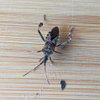
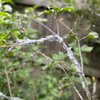
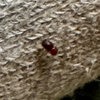
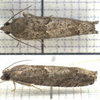
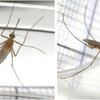
jean001a
alisandeOriginal Author
Related Professionals
Bell General Contractors · Dallas General Contractors · Eatontown General Contractors · Fairview General Contractors · Great Falls General Contractors · Greenville General Contractors · Halfway General Contractors · Hillsboro General Contractors · Irving General Contractors · Kilgore General Contractors · Lakeside General Contractors · Markham General Contractors · Niles General Contractors · San Marcos General Contractors · Waxahachie General Contractorsjean001a
alisandeOriginal Author
larry_gene
alisandeOriginal Author
larry_gene
alisandeOriginal Author
larry_gene
alisandeOriginal Author